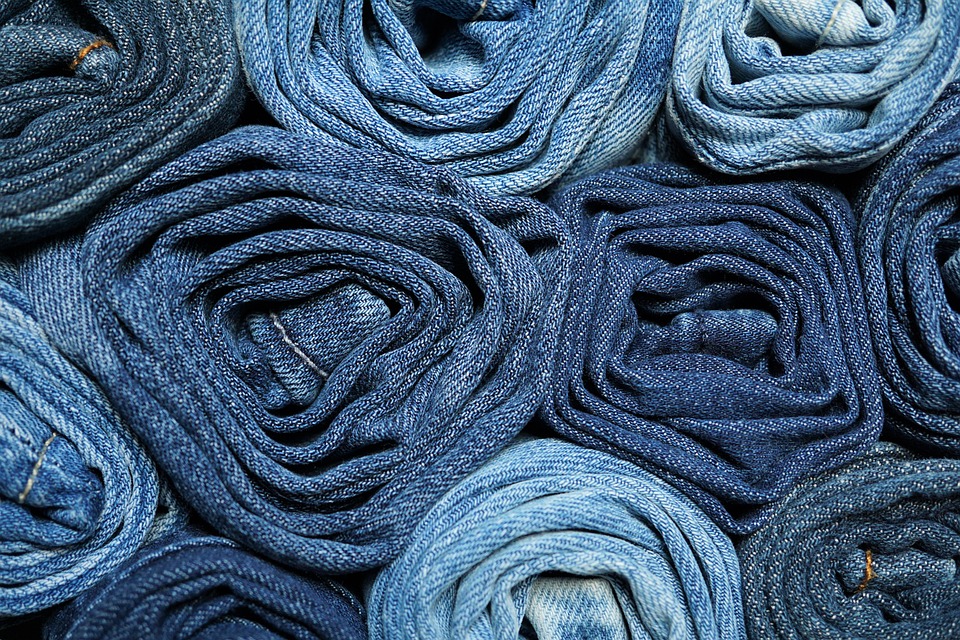If you’re unfamiliar with the term Fast Fashion, your idea of the concept is probably close to its definition. Express or ephemeral fashion consists of consuming and producing clothes often, a lot and quickly. Items from Fast Fashion are generally made from inexpensive materials, which can be bought at low prices and last a short time. It’s no wonder the concept is in vogue; it is part of this annoying collective habit that we have of having new things, immediately and at our fingertips. Some might say that our way of consuming has taken the frenetic pace of our modern life. And some companies have also adapted their way of selling. While previously the new fashion collections were reinvented according to the seasons (spring, summer, fall, winter), some clothing companies now offer 52 new collections per year. The quality of the products is questionable, the quantities are limited and the consumer is often dazzled by the novelty, the rarity and the low prices.
So, time out. Slow down. Take the time to read what our way of consuming fashion means to our community. The ecological, social and ethical issues are real and considerable. Here we offer you a little reflection.
Environmental impacts
The fashion industry is one of the most polluting industries on the planet and the numbers are worrying. This industry is behind 10% of greenhouse gas emissions that are emitted in a year. Also, 85% of the textiles produced end up in the dump during the same year. An $8 t-shirt? We buy, we wear once or twice, we throw away and then we buy again. By purchasing clothes in this way, the production of low-quality items increases and the ecological footprint behind them increases too. Especially since many components of these clothes are petroleum derivatives. These include artificial leather, polyester, nylon and spandex. Not to mention that the fashion industry consumes about 4% of our global drinking water resources. If you need a closer statistic to realize the magnitude of the problem, here it is: the production of a single cotton t-shirt is equivalent to the drinking water consumption of 70 showers.
It’s hard to wash your hands of it…
Social impacts
If the articles are sold at such low prices, it is because the production of these garments costs little. Or rather, it is not the consumer who pays the price, but the workforce. The production of Fast Fashion items is often done in underdeveloped countries where working conditions do not respect human rights. Bangladesh, for example, is known for making clothing from Fast Fashion. The working conditions of the employees are extremely poor; stifling heat, no windows, ridiculous pay, exposure to chemicals and so on. Not to mention child labor, which is often present. Buying fast fashion clothing therefore has the impact of reinforcing these global social and economic inequalities.
Consume differently
Needless to say, our individual responsibility is essential and undeniable in our fight against this phenomenon. The solution involves consuming differently, resisting the urge to renew our wardrobe as frequently as we would like. Buying quality clothes that will last for several years is part of this necessary movement. Real leather (and real fur), for example, are recyclable, repairable, natural and biodegradable materials. Equipping yourself with a good fur boot also means ensuring that it will last you more than a decade. Some of our customers have been wearing the same pair since 1993. Consuming responsibly also means opting for local purchases and learning about what is hidden behind the piece of clothing. Whether in the components of the garment or in the conditions in which it was made. In our manufacture of winter clothing, we are concerned about respecting wildlife, the environment and have at heart the quality of our product and the happiness of our employees. Making an impulse purchase sometimes prevents us from having these thoughts. Making a wise purchase also means choosing what you want to encourage.
Conclusion
In conclusion, fast fashion is a true mirror of the speed at which our society operates. Metro-work-sleep-social networks: our relationship to time, technology and matter has changed drastically in recent years. On the way, we swapped durability for instantaneous. On our side, we can only hope for a collective return to basics, to an organic rhythm, to respect for the material and to the valorization of wearing proudly the know-how of a community.



